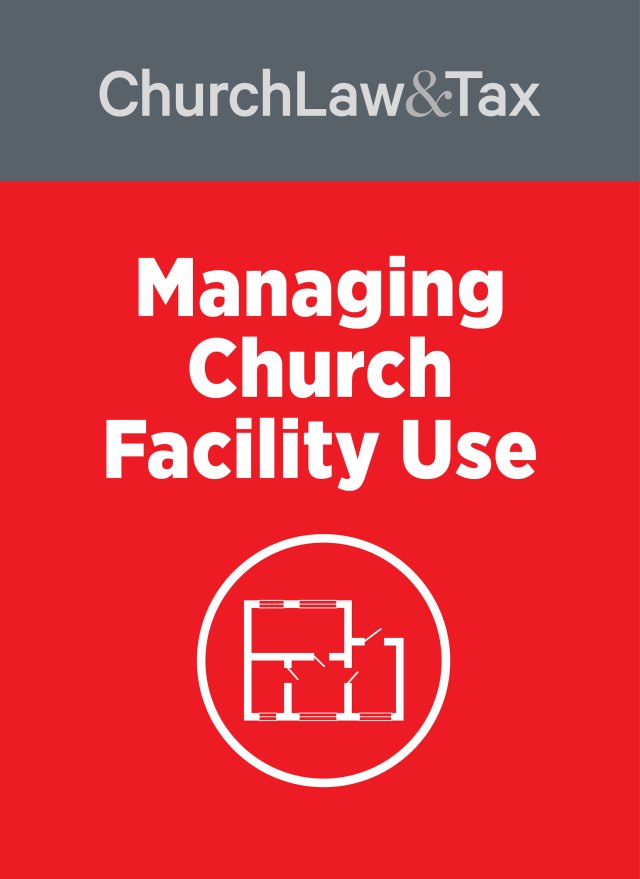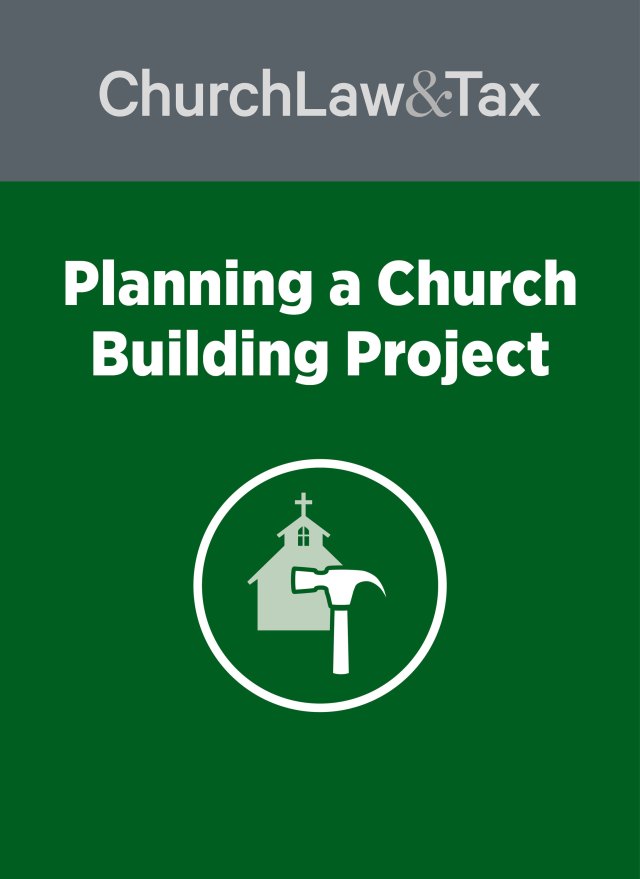• A federal court in New York ruled that a company violated the copyright law by duplicating excerpts from several copyrighted books and compiling them into packets that it sold to college students. Kinko’s is a company specializing in copying. Many of its franchises are located in communities containing one or more colleges or universities. Kinko’s representatives contact college professors and offer to duplicate and compile reading materials the professors plan to use in their courses. Kinko’s then copies the excerpts, some quite large, and sells them in bound form to the students. In this case, several book publishers claimed that Kinko’s made copies of excerpts (ranging from 14 to 110 pages each) from 12 copyrighted books, and complied them into 5 separate packets that it sold to college students. It neither sought nor obtained permission from the copyright owners to make the copies. Kinko’s defended its actions on the basis of “fair use,” and the fact that it had made similar packets for 20 years without objection from the copyright owners. Both defenses were rejected by the court, which ordered Kinko’s to refrain from further copyright infringements, and awarded $500,000 in damages. Kinko’s main defense was “fair use.” The Copyright Act specifies that “the fair use of a copyrighted work … is not an infringement of copyright.” Unfortunately, the Act does not define “fair use.” It does suggest several examples of fair use, including copies made “for purposes such as criticism, comment, news reporting, teaching (including multiple copies for classroom use), scholarship, or research.” However, the Copyright Act states that in deciding whether or not a particular act of copying constitutes fair use, 4 “factors” must be considered. Those 4 factors are (1) the purpose and character of the use, including whether such use is of a commercial nature, (2) the nature of the copyrighted work, (3) the “amount and substantiality of the portion used in relation to the copyrighted work as a whole,” and (4) the effect of the use upon the potential market for the copyrighted work. Does the copying of materials for use by college students constitute fair use under these factors? The court said no. The court evaluated each of the 4 “fair use factors” and concluded that they did not support a finding of fair use. With regard to the first “fair use factor,” the court concluded that the purpose and character of the copying was commercial, and not strictly educational. The court observed that “the crux of the profit/nonprofit distinction is not whether the sole motive of the use is monetary gain but whether the user stands to profit from exploitation of the copyrighted material without paying the customary price.” Further, the court noted that “a quotation of copyrighted material that merely repackages or republishes the original is unlikely to pass the test.” As to the second factor, the court noted that “the scope of fair use is greater with respect to factual than non-factual works.” The materials copied in this case were primarily factual, which supported a conclusion of fair use. The third fair use factor asks how much of the copyrighted work is quoted—both in terms of quantity and quality. The court concluded that “the portions copied were critical parts of the books copied.” It further observed that “courts have found relatively small quantitative uses to be fair use.” Kinko’s argued that several of the books were out-of-print, and this supported a finding of fair use. The court disagreed, noting that “damage to out-of-print works may in fact be greater since permission fees may be the only income for authors and copyright owners.” Finally, the court concluded that the fourth factor (market effect) did not support a finding of fair use. It noted that the Supreme Court has ruled that “to negate fair use one need only show that if the challenged use should become widespread, it would adversely affect the potential market for the copyrighted work.” This test clearly was met.
Finally, the court concluded that the so-called “fair use guidelines” for classroom copying in a nonprofit educational institution did not support a finding of fair use. The guidelines were adopted in 1976 by a committee of educational institutions, authors, and publishers. The court emphasized that the fair use guidelines only authorize multiple copying by or for a teacher (for classroom use) if the copied materials do not exceed the lesser of 1,000 words or 10% of the work. This test clearly was not satisfied by the lengthy reproductions involved in this case. Further, the guidelines specify that “copying shall not substitute for the purchase of books, publishers’ reprints, or periodicals.”
What is the relevance of this case to church leaders? Simply this—churches commonly reproduce materials for use by members in educational and musical programs. Church leaders must understand that unauthorized copying of copyrighted materials constitutes copyright infringement. While “fair use” is a defense, cases such as this illustrate how limited a defense it is. Church workers wishing to duplicate copyrighted materials should obtain advance permission from the copyright owner if the applicability of the fair use defense is at all questionable. Basic Books, Inc. v. Kinko’s Graphics Corporation, 758 F. Supp. 1522 (S.D.N.Y. 1991).
© Copyright 1991, 1998 by Church Law & Tax Report. All rights reserved. This publication is designed to provide accurate and authoritative information in regard to the subject matter covered. It is provided with the understanding that the publisher is not engaged in rendering legal, accounting, or other professional service. If legal advice or other expert assistance is required, the services of a competent professional person should be sought. Church Law & Tax Report, PO Box 1098, Matthews, NC 28106. Reference Code: m36 c0691



